Following the immense feedback from our earlier post, especially from our European and American readers, regarding the peculiarity called Zonal Unions, we decided to delve deeper into these appendages of CAF on their behalf.
Africa and its 54 members of CAF and FIFA is further sub-divided into 6 (six) Zonal Unions, based on proximity.
The existence of these zonal unions is prescribed by Article 13 of the CAF Statutes that also goes ahead to split the Western Zonal Union (WAFU) into two distinct entities normally referred to as WAFU “A” and WAFU “B”.
We have consistently referred to these entities in CAF as an aberration because whilst they seem to exist only in the African confederation, they also enjoy legitimacy and recognition by FIFA in terms of resource allocation.
Remember, FIFA is founded on the principle of equity where (for example) Islands, some of which are not even recognized Nations, have an equal vote and similar share of grants as the USA, Brazil or India.
Article 22 of the CAF Statutes goes on to accord these Zonal Unions immense political clout in the form of seats in the CAF Executive Council (Exco).
“Each of the six (6) zones listed in Article 13 of these Statutes, except for the Southern Zone, shall have the right to two (2) members in the CAF Executive Committee, while the Southern Zone … shall have the right to three (3) members in the CAF Executive Committee”
This is where the inconsistencies within CAF really begin.
For one, WAFU therefore automatically gets 4 seats in the CAF Exco for its combined 16 members, while COSAFA gets 3 slots for its combined 14 members, whereas everyone else get 2 slots despite the variation in number of votes.
For instance while UNAF has only 5 members, CECAFA has 12 members while UNIFFAC has 8 members.
On the balance of probabilities, it becomes evident that a CECAFA or UNIFFAC member of the CAF Exco gets swallowed out by the sheer numbers against him or her, when it comes to doling out the Chairmanships of the Standing committees of CAF unless on has an above average interpersonal relationship with the CAF President.
Article 23 of the CAF statutes allows the CAF Exco to co-opt one or two members in each election cycle, and this ought to allow CAF to balance the representative interests of CECAFA vis-à-vis UNAF (for example).
However, it is actually more likely to find the co-opted members coming from UNAF or WAFU, the regions who already have a comparative higher representation on the CAF Exco in relation to their membership.
Only in the last two years did CECAFA have a co-opted member in the form of Uganda FA President Moses Magogo, who has since stepped it up to being an elected member of that Exco.
However, it is in the distribution of financial resources that this anomaly becomes inherently clear when you consider that funds are distributed equally to all these Zonal unions irrespective of their numbers.
The FIFA regulations pertaining to the FIFA Forward programme sets out the financial disbursement to Zonal Unions in the following manner;
“Up to USD 1,000,000 for zonal/regional associations will be released to the respective confederations in January of each year provided that the zonal/regional association is recognized by the confederation and organizes at least one women’s, two boys’ and two girls’ competitions (for national teams or clubs)”.
This regulation is in direct contravention of the FIFA Forward regulation which specifically calls for “one contract of agreed objectives per association, setting the strategy for development over two to four years, approved by the Development Committee.
By passing the funds through the Confederations, zonal unions are therefore able to bypass the stringent audit procedures of FIFA Forward programme while continuing to receive the grants.
Since only Africa has zonal unions, the grants of $1million annually from FIFA, allows Africa to get an additional $6 million annually in grants from FIFA to the detriment of all other confederations.
By the end of 2018, each of the zonal unions of CAF had received at least $2 million for their activities in the period 2017 -2018. However, an analysis of the competitions in that period shows that most fell short of the stipulated requirement threshold of 1(one) women’s, 2 (two) boys and 2 (two) girls competitions.
Interestingly, the analysis seems to imply that UNAF has painstakingly invested in age-grade boys competitions from U-15 years since circa 2005 with an annual or bi-annual competitions in those years.
This can definitely infer that this investment (even before FIFA Forward grants) is paying off now with North African dominance in the CAF Champions League and Confederations Cup plus the recent upsurge in the number of their National teams (Egypt, Morocco and Tunisia)that qualified for the FIFA World Cup 2018.
It also help that UNAF has 5 members and thus able to run these competitions even twice a calendar year.
Conversely, the analysis shows that UNIFFAC is the worst performing zonal union with little or no activity in the last two years within their zone, and despite CAF already having received their cumulative allocation of $ 2 million from FIFA.
UNIFFAC have apparently been unable to shrug off the arrest and indictment of their former Chairman from CAR, Patrice-Edouard Ngaissona in 2018, and thus get the entire FIFA funded operation jump-started and moving againdespite his absence and replacement by Equitorial Guineas Gustavo Ndong.
WAFU ‘A’ & ‘B’ seem to have had a lean year in 2019 with no activity on the cards for the year save for the senior women’s competition in Ivory Coast.
It would seem that everyone seems keen to assist African football as evidenced by the input of both FIFA and UEFA in the U-17 zonal union qualifiers in 2018 which led to the U-17 AFCON in Tanzania 2019.
The top performers of the U-17 AFCON in Tanzania automatically qualified for the U17 FIFA World Cup in Brazil last month.
According to an agreement between CAF and UEFA, the European confederation would fund a huge portion (33%) of the zonal qualifying expenses by paying directly for the accommodation expenses.
FIFA would in turn pay for 44% of the agreed expenses while CAF would cater for 23% of the costs for the qualifiers by sending the money through to the host FA.
In majority of the cases, the FAs would also approach their Governments seeking funding for participating in the fully sponsored event, thereby getting a 2nd bite of the cherry, so to speak.
It all begs the question, why does Africa need zonal confederations when the rest of the World appears not to need them? Why do the zonal unions create an obligation in FIFA to fund them to the tune of an additional $ 6million annually from FIFA coffers?
What is the evidence of increased output of African football on the global stage in terms of performance in senior and junior National teams?
Sadly, it would seem by design that CAF went ahead to water down the democracy of zonal unions in the most bizarre and diabolical way.
Why would CAF expect the zonal union members to the CAF Exco have to be elected by all the 54 members of CAF instead of limiting it to the members of that zonal union?
How often have we witnessed the elected representative of a zonal union getting a minority of votes from that region but for some inexplicable reason, he or she would get majority votes from the rest of Africa, countries with which he has little or no interactions with for the most part?
What would be the motivation then, for the FA Presidents from other zonal unions to elect a representative from another zone that they have had little or no professional interactions?
Why does CAF disrespect the internal democracy of zonal unions by disallowing them to independently elect their own representatives to the CAF Exco?
Why then not remove any pretense as to the regionalism of representation on the CAF Exco, and open up the elections to any candidates wishing to serve on the it to seek votes directly from the general 54-member electorate?
Allowing candidates to seek continental votes directly means that FA Presidents most likely to be well known or well thought-of would be those who have accomplished immensely in their own FAs as to earn continental recognition.
Doesn’t the current watered-down democracy allow for some extremely weak leaders to clumber atop the highest decision-making organ of CAF, thereby exacerbating the poor leadership that has bedeviled the organization?
Nothing brings home this point than the recent actions of the CAF leadership to hand over the reins of CAF to FIFA with the annoyingly infantile logic by its President Ahmad Ahmad in support of it.
We concede that zonal unions could be useful to African football, especially if they were utilized with extreme pragmatism and professionalism.
Currently, we understand that the SGs of the zonal unions are paid their salaries by CAF, effectively making them an extension of the body.
Wouldn’t it make sense to have an independent office of zonal Unions at CAF to oversee the execution of their activities?
For now, zonal unions have been used to the detriment of African football, as a conduit for giving FA Presidents access to bribes in order for them to vote along certain lines in both CAF and FIFA.


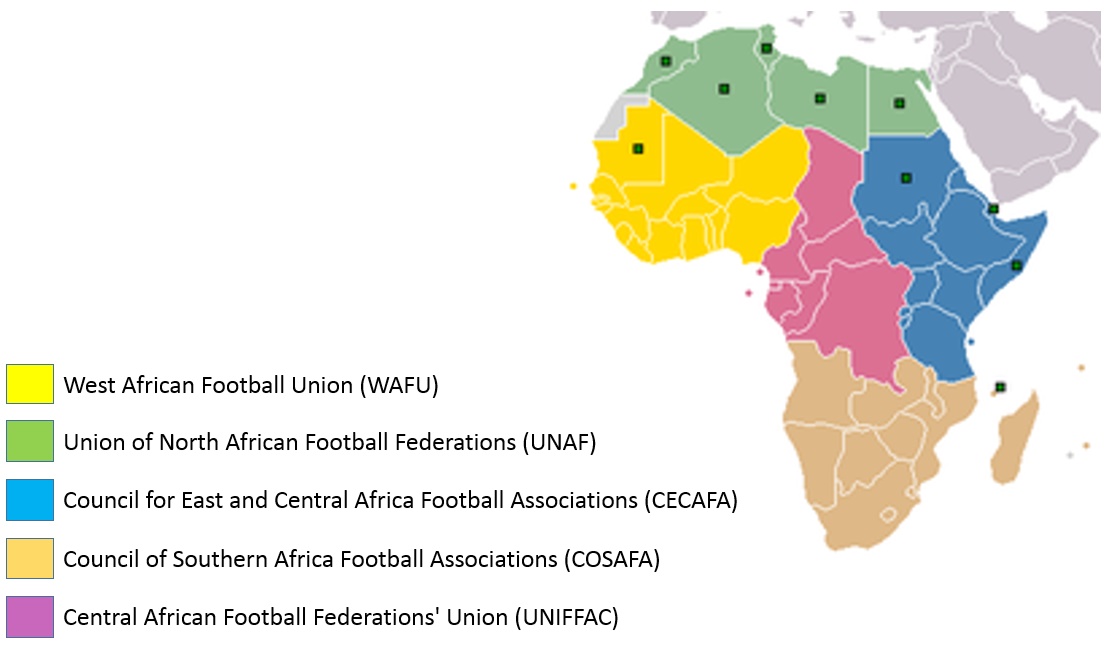

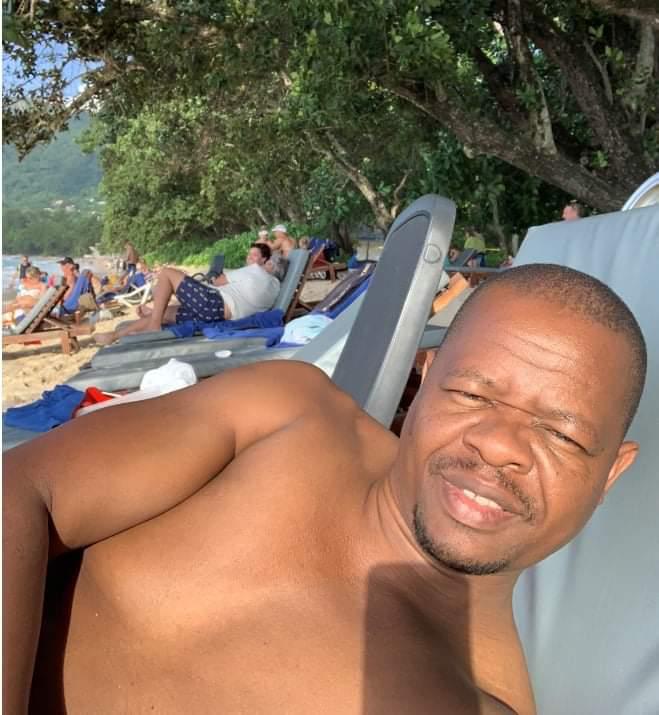
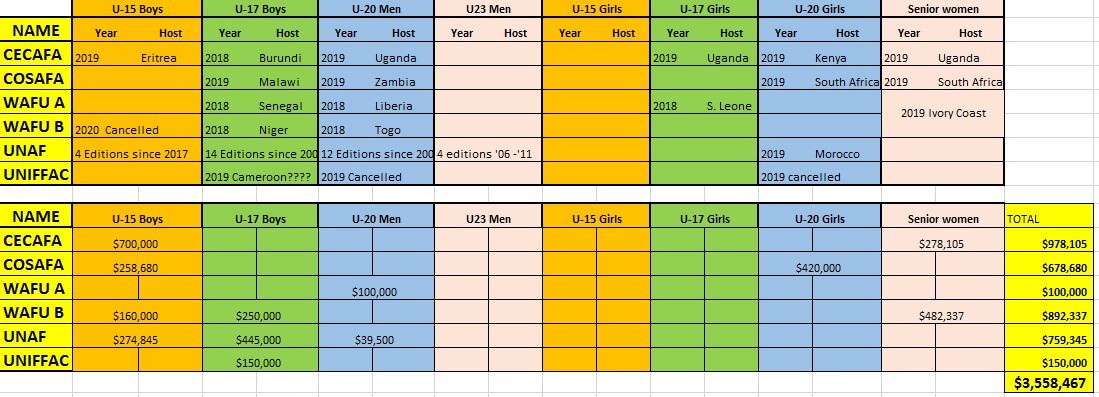
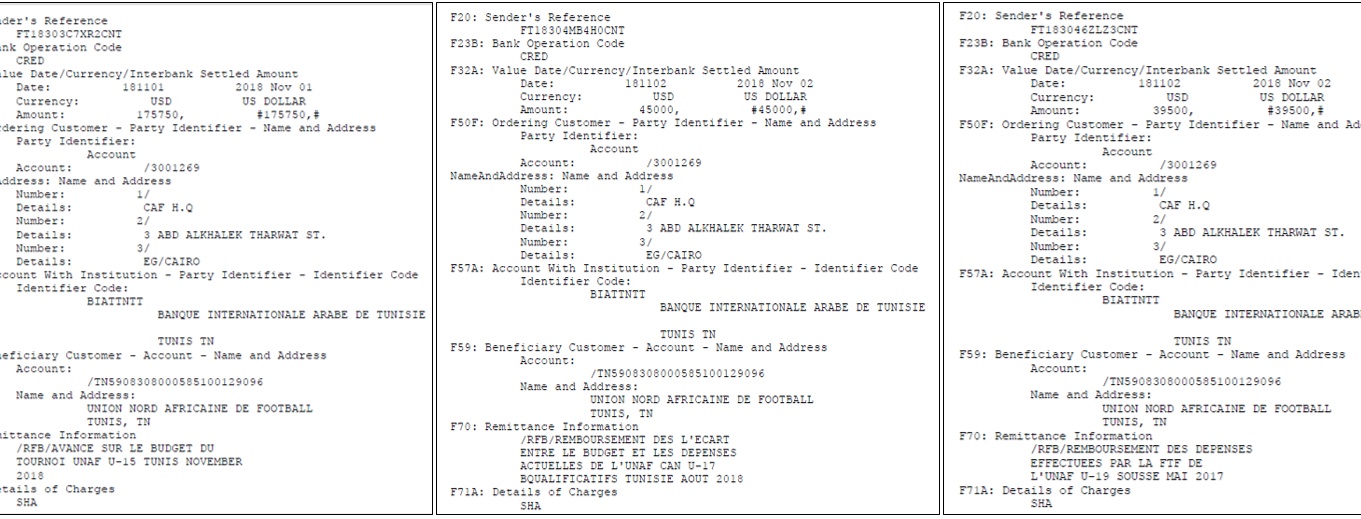

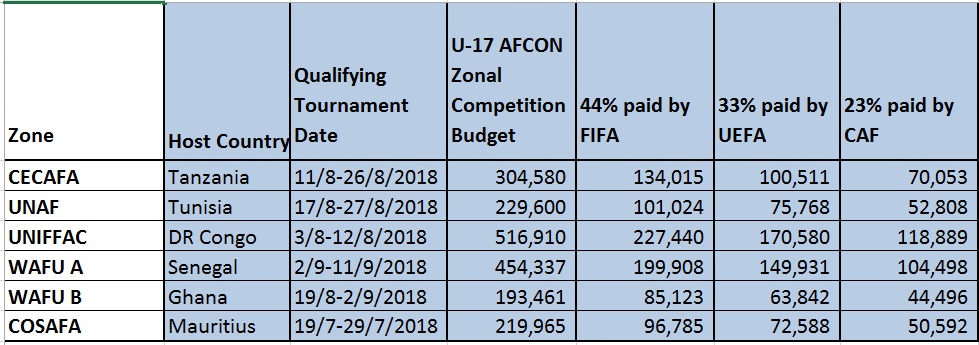

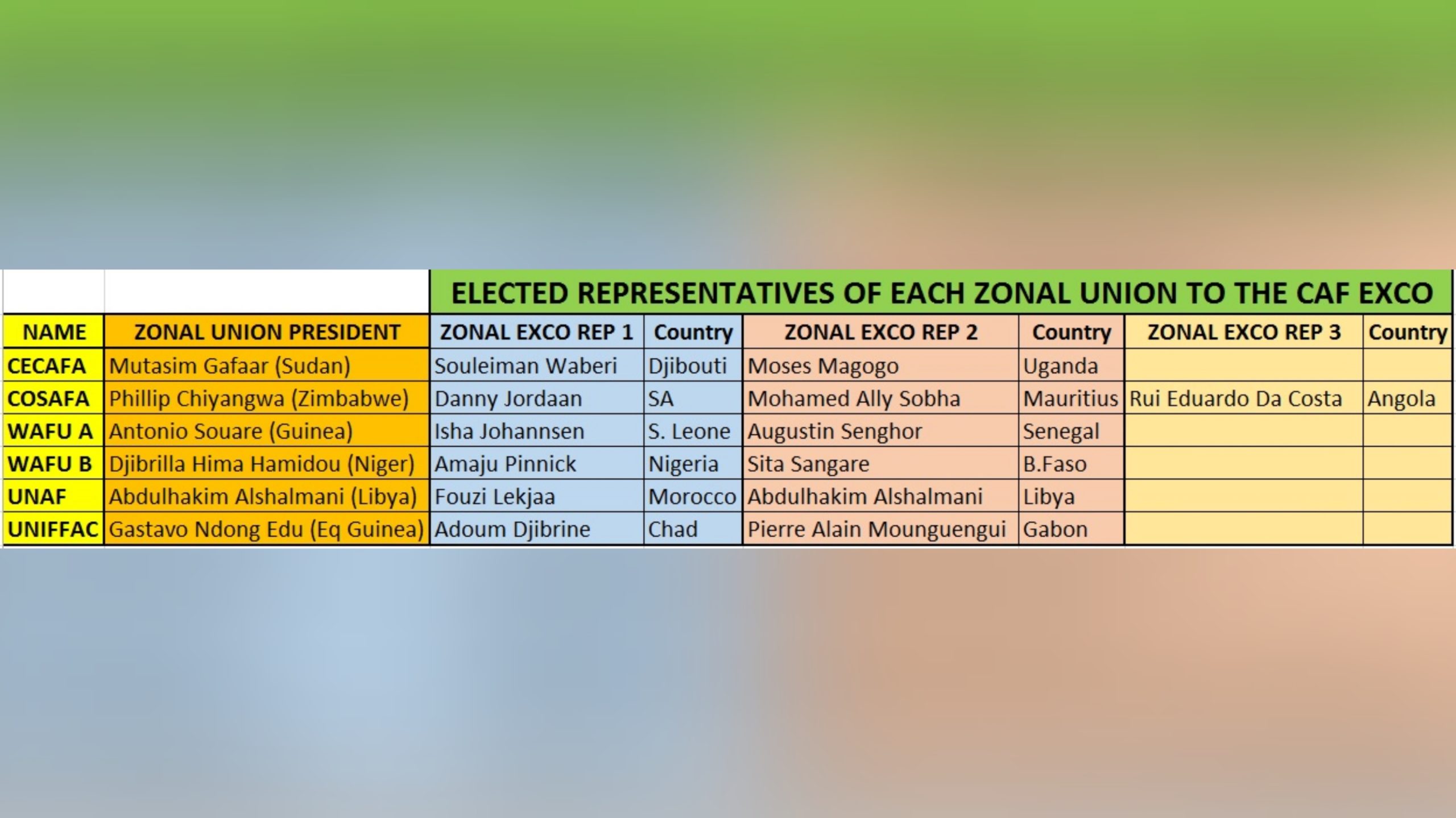
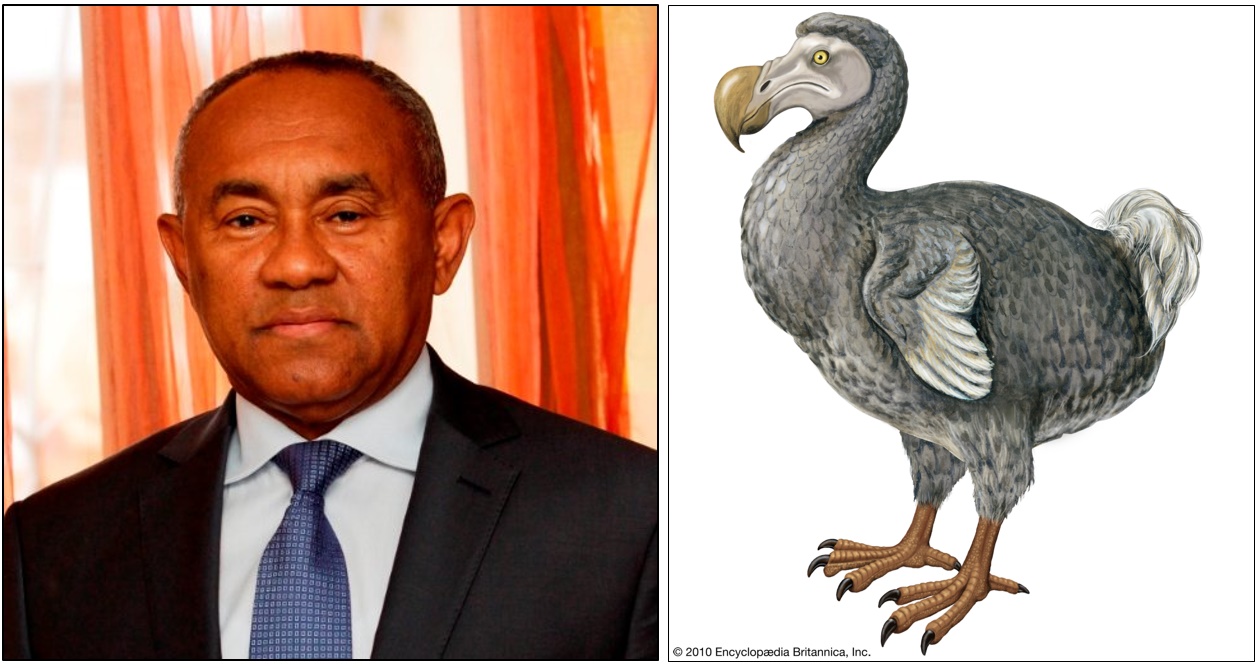
1 comment
Some of your “facts” relating to the Zonal Unions are incorrect.